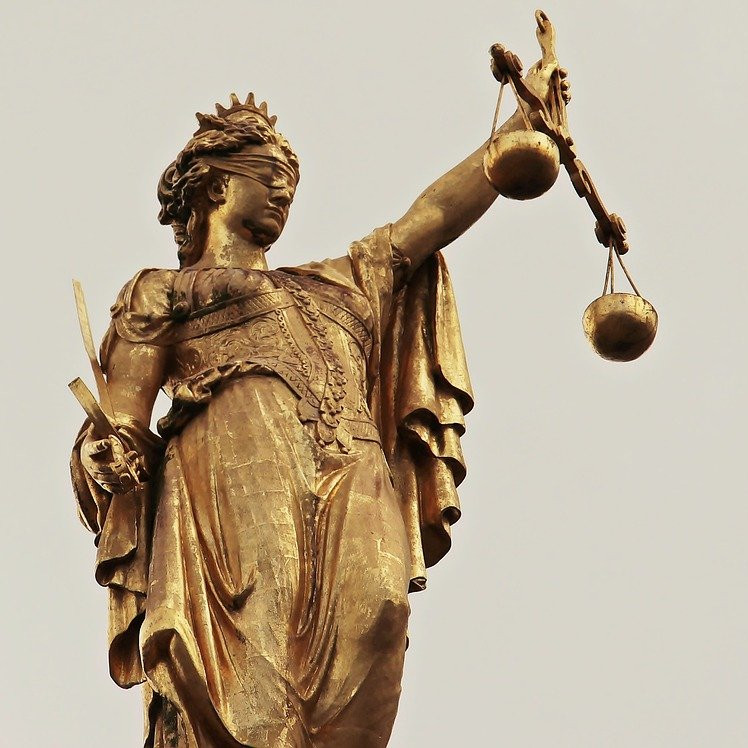High Court rules biomechanical simulation of events leading to death of alleged murder victim inadmissible at trial

An appeal against a judge’s decision to repel an objection to evidence in a murder trial including a computer simulated model of the accused’s account of the event based on the principle of biomechanics has been allowed by the High Court of Justiciary.

About this case:
- Citation:[2025] HCJAC 52
- Judgment:
- Court:Appeal Court of the High Court of Justiciary
- Judge:Lady Dorrian
Appellant Dionne Christie was indicted for trial at the High Court at Stirling charged with the murder of her partner and appealed in terms of section 74(1) of the Criminal Procedure (Scotland) Act 1995 against the decision to refuse her preliminary issue minute. The appellant contended that the expert evidence usurped the function of the jury in determining credibility and reliability.
The appeal was heard by Lady Dorrian, Lord Matthews, and Lord Beckett, with Duguid KC appearing for the appellant and Jessop KC, advocate depute, for the Crown.
Less than 0.25 per cent
On 26 June 2022, the deceased died of a stab wound at an address in Falkirk where he and the appellant lived alone. At the time, the appellant was pregnant with the deceased’s child. Her account of the events leading to the deceased’s death was to the effect that he had wrapped his arms around her and held a knife to her stomach, threatening to cut the baby out of her. She managed to free herself from the deceased’s hold and then saw blood coming out of his body. At no point in either of the two statements she made about the incident did the appellant offer an explanation of how the knife entered the deceased’s sternum.
Police Scotland instructed an ergonomist, Dr David Usher, to prepare a report on the biomechanics of the account given by the appellant. Dr Usher created a computer simulation of her second account, given on 19 June 2022, said to follow the laws of physics together with “the principles of animation and human motion”. After running the simulation thousands of times using different variables for, among other things, the speed of the knife entering the deceased’s body and the path along which it might have travelled, he concluded that the probability of the biomechanical evidence supporting the appellant’s account was less than 0.25 per cent.
Senior counsel for the appellant submitted that the varied dynamics of a fight or struggle were comfortably within the knowledge of an ordinary juror and not appropriate for expert evidence. The modelling itself was based on hearsay evidence and assumptions rather than a sound factual basis, and while ergonomics was recognised in the field of health and safety, its application to a physical altercation in the context of serious crime was unprecedented.
While the advocate depute recognised that there were difficulties with the admissibility of the evidence, the Crown’s written submissions noted that it required to rebut the appellant’s account that the deceased had accidentally stabbed himself. Dr Usher’s evidence was based on a recognised and well-developed academic discipline, and it was open to the appellant to advance criticisms of that evidence in cross-examination or by leading her own expert.
No reliable information
Delivering the opinion of the court, Lady Dorrian said of the basis for Dr Usher’s conclusions: “The witness stated in his evidence that he factored in a range of variations of speed and movement of the knife as it approached the body within the range of human possibility, but there are many difficulties with the approach he took. The witness relied only on one of two statements made by the appellant, thus leaving out of account the differences [between the two]. He considered these irrelevant because his concern was only with what happened after the appellant extricated herself from the grasp of the deceased.”
She continued: “There is no reliable, clear, specific, or indisputable information about the relative position of the parties, the path of the knife, the angle, speed or direction of approach of the knife, the degree of force, how the knife was held or even which hand it was in. There is simply no underlying accepted or established factual basis which would enable any computer simulation to have any evidential value at all.”
Considering an analogy drawn by the trial judge with reconstructions of road traffic accidents, Lady Dorrian said: “In such a case the reconstruction is based to a large extent on objectively verifiable measurements, such as the location, length and direction of skid marks, the ultimate position of the body, the nature, degree and location of injury on the body, pedestrian projection distance, the damage to the vehicle, the shape and mass of the vehicle and so on. The role of the expert is to assess these factors against known, accepted and well-researched norms to offer evidence about the nature of the collision, but the critical point is that much of the underlying factual basis is objectively verifiable. The analogy is thus a false one.”
She added: “The judge concluded that there was a reliable body of knowledge or experience underlying the expert’s evidence, under reference to biomechanics as a recognised discipline. However, in doing so, he failed entirely to address the equally important question whether the evidence had a sufficiently satisfactory factual basis and whether the application of biomechanics to the circumstances in question was an appropriate utilisation of the discipline. In doing so he misdirected himself and wrongly considered the evidence to be admissible.”
Lady Dorrian concluded: “In essence, the anticipated expert evidence usurps the function of the jury, by placing a probability on the stated account of the appellant. The witness essentially accepted this, in cross examination when it was put to him that his conclusion reflected his assessment of the statistical probability of whether the appellant was telling the truth or not. Apart from the absence of any reliable underlying basis for it, since the evidence is not necessary for the jury’s task, it is not admissible.”
The court therefore allowed the appeal and ruled the evidence to be inadmissible.






